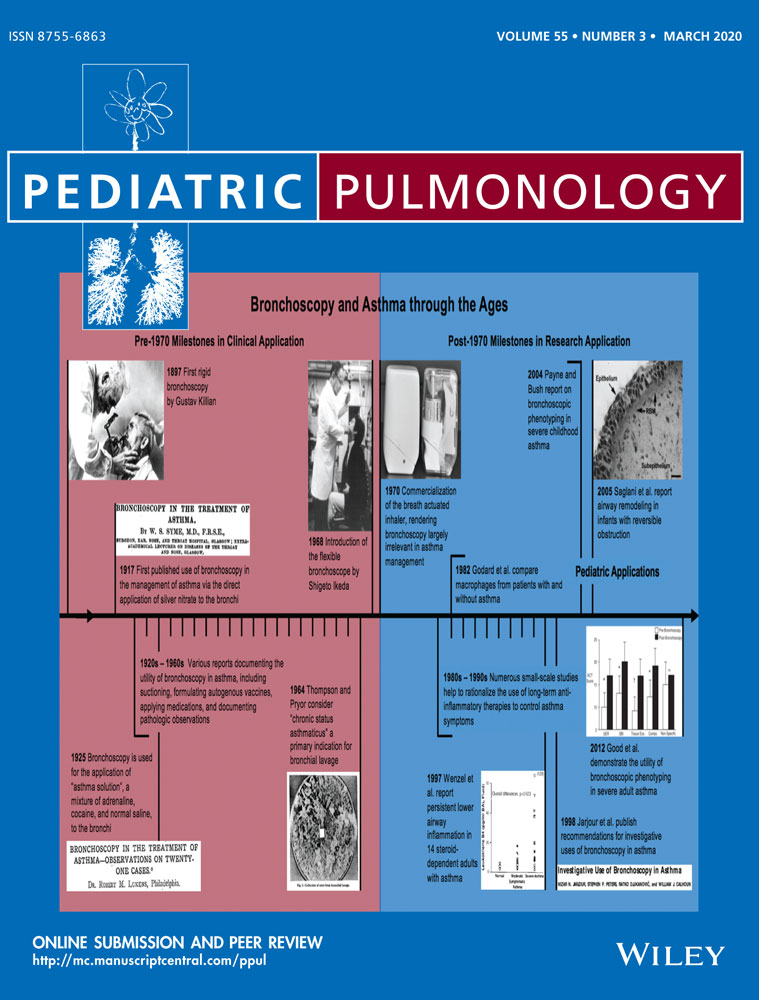Pharmacokinetics of isoniazid in children with tuberculosis—A comparative study at two doses
Abstract
Aim
To compare the pharmacokinetics of isoniazid (INH) at doses 5 and 10 mg/kg/day.
Methods
INH concentrations were estimated by high-performance liquid chromatography in 24 Indian children aged 1 to 15 years on antituberculosis therapy. Blood samples were collected at 0, 2, 4, 6, 8 hours after administration of INH. Patients were randomly given INH at 5 or 10 mg/kg/day and maximum concentrations (Cmax) and area under the curve (AUC(0-8)) were determined in each group. The 2-hour concentration of INH was used as Cmax for this study.
Results
Mean (standard deviation) Cmax was reached in 2 hours and was 2.68 ± 1.19 µg/mL in 5 mg/kg/day group and 8.86 ± 3.94 µg/mL in 10 mg/kg/day group (P < .05). The normal therapeutic range at 2-hour concentrations for INH in adults achieving good clinical response is between 3 and 5 µg/mL. Among 5 mg/kg/day, only 4 (33%) patients had INH concentrations within the 2-hour concentrations therapeutic range whereas in 10 mg/kg/day group, 11 (91%) patients achieved Cmax higher than the 2-hour concentrations therapeutic range and 1 (9%) patient had Cmax within the 2-hour concentrations therapeutic range. The mean AUC(0-8) in 5 mg/kg/day group was 10.04 ± 6.12 and 35.93 ± 25.37 µg·h/mL in 10 mg/kg/day group (P = .0001).
Conclusion
Children on daily INH 10 mg/kg/day have higher AUC and Cmax than the required therapeutic range whereas over 65% of children with daily 5 mg/kg/day INH therapy failed to achieve the optimal therapeutic range.
CONFLICT OF INTERESTS
The authors declare that there are no conflict of interests.




